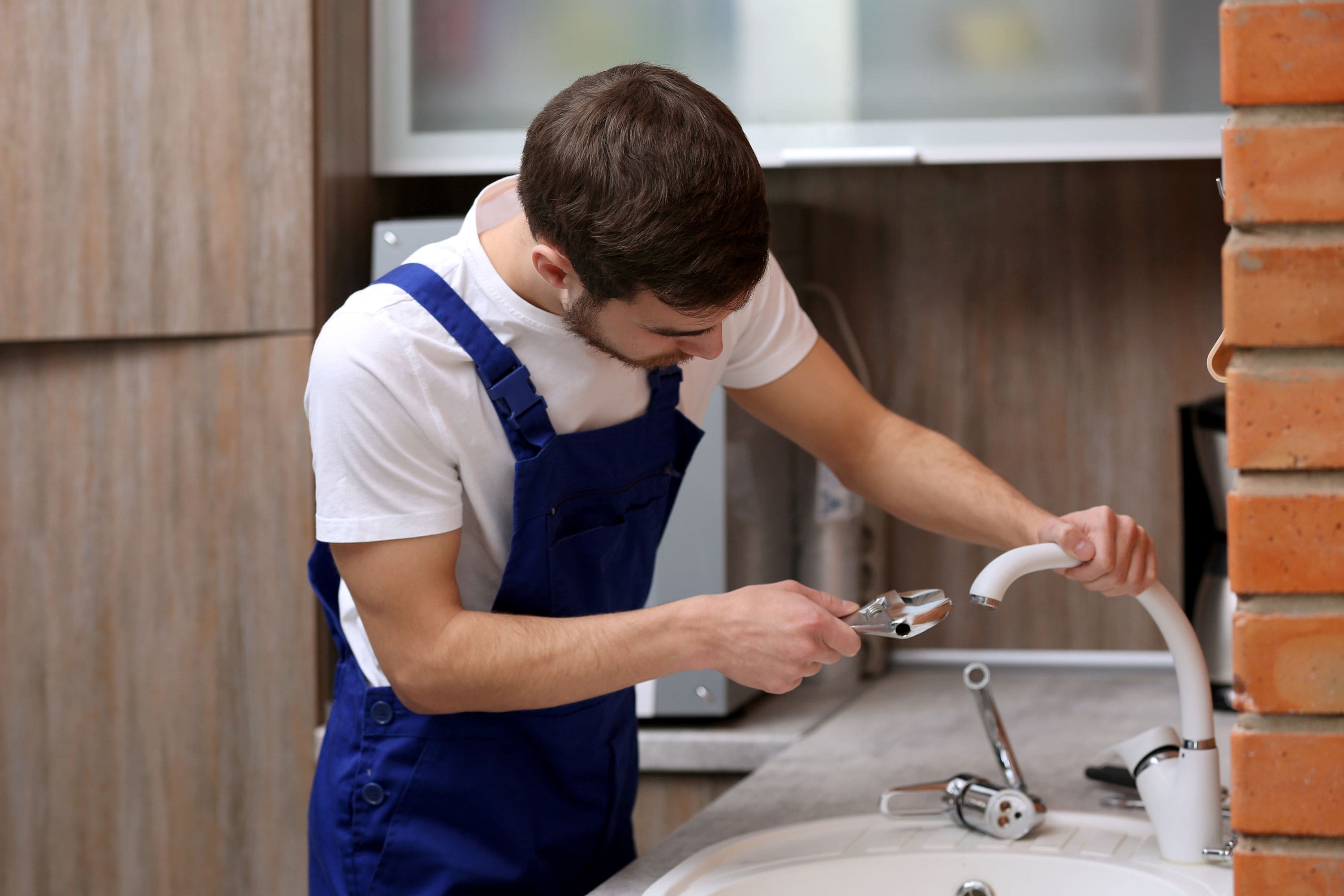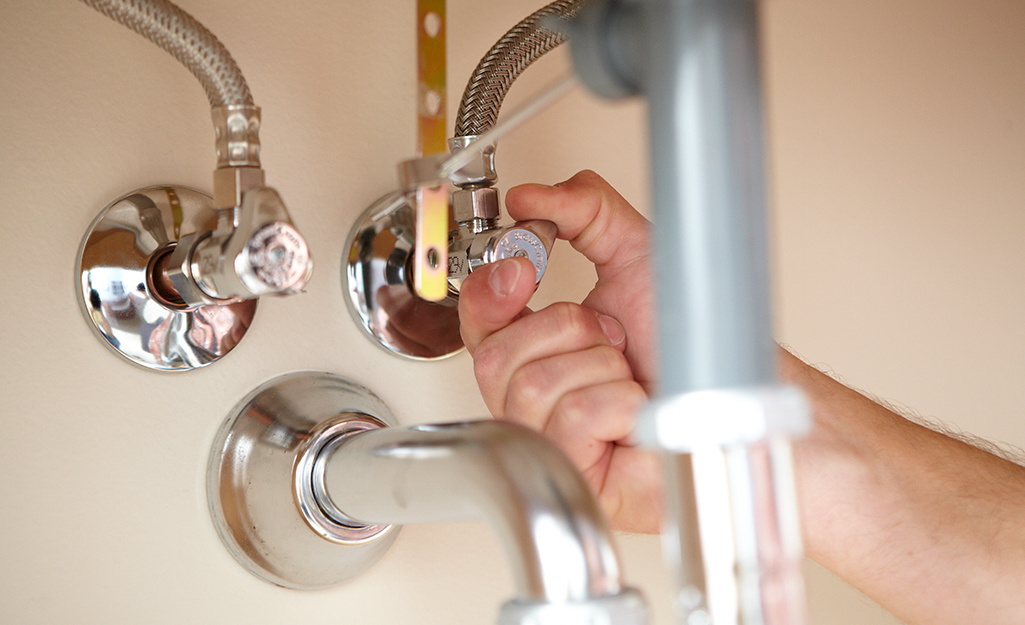Just about every person maintains their own conception when it comes to Why Is It Important To Fix Your Leaking Tap/Faucet?.

Dripping taps may appear like a minor inconvenience, but their influence exceeds simply the aggravation of the audio. From drainage to sustaining unneeded financial costs and wellness threats, overlooking a dripping tap can bring about various effects. In this post, we'll look into why it's important to address this usual family issue promptly and effectively.
Waste of Water
Ecological Effect
Leaking taps add considerably to water waste. According to the Environmental Protection Agency (EPA), a single faucet dripping at one drip per second can waste more than 3,000 gallons of water each year. This not just strains water resources however also affects ecosystems and wildlife depending on them.
Step-by-Step Guide to Dealing With a Dripping Tap
Devices Called for
Prior to attempting to repair a leaking tap, collect the required devices, consisting of a flexible wrench, screwdrivers, substitute components (such as washing machines or cartridges), and plumber's tape.
Typical Faucet Issues and Their Solutions
Identify the kind of faucet and the specific concern triggering the drip. Usual troubles include damaged washers, corroded valve seats, or defective O-rings. Refer to supplier directions or online tutorials for detailed advice on repair services.
Financial Costs
Boosted Water Expenses
Beyond the environmental impact, dripping faucets can blow up water expenses considerably. The gathered waste in time converts into greater utility expenditures, which might have been prevented with prompt repair work.
Possible Residential Or Commercial Property Damage
Additionally, long term dripping can bring about damage to fixtures and surfaces surrounding the faucet. Water build-up can cause discoloration, deterioration, and also architectural issues if left ignored, causing additional repair work prices.
Wellness Worries
Mold And Mildew and Mold Development
The constant existence of moisture from a leaking tap produces a suitable atmosphere for mold and mildew development. These fungi not only jeopardize indoor air high quality but also position wellness dangers, specifically for individuals with breathing problems or allergic reactions.
Waterborne Conditions
Stationary water in leaking taps can come to be a breeding ground for microorganisms and various other virus, increasing the risk of waterborne diseases. Contaminants such as Legionella germs thrive in stagnant water, possibly bring about significant illnesses when ingested or inhaled.
DIY vs. Expert Repair service
Pros and Cons of Do It Yourself Repair
While some may attempt to take care of a trickling faucet themselves, DIY repair services feature their very own collection of difficulties. Without proper understanding and devices, DIY efforts can worsen the problem or lead to insufficient repairs, extending the issue.
Benefits of Hiring an Expert Plumber
Working with a professional plumber makes sure that the underlying reason for the dripping faucet is dealt with successfully. Plumbing professionals possess the knowledge and devices to detect and fix faucet concerns efficiently, saving time and lessening the risk of additional damages.
Ecological Obligation
Specific Payment to Conservation
Taking duty for taking care of dripping taps aligns with wider initiatives towards water conservation and environmental sustainability. Every individual's actions collectively make a substantial impact on maintaining precious resources.
Lasting Living Practices
By focusing on punctual repair services and adopting water-saving routines, individuals add to lasting living techniques that benefit both present and future generations.
Safety nets
Routine Maintenance Tips
To stop trickling taps, carry out regular maintenance such as cleaning up aerators, inspecting for leaks, and changing worn-out components promptly. In addition, think about mounting water-saving devices or updating to much more effective components.
Significance of Prompt Repairs
Attending to trickling faucets as soon as they're seen prevents additional water wastefulness and possible damages, ultimately saving both water and money in the long run.
Effect On Building Worth
Assumption of Well-Maintained Property
Keeping a home in good condition, including attending to upkeep problems like leaking taps, improves its viewed worth and value among prospective purchasers or occupants.
Influence on Resale Value
Characteristics with well-maintained plumbing components, including faucets, command higher resale values in the property market. Dealing with dripping taps can contribute to a positive impression throughout residential property assessments and settlements.
Verdict
Resolving a dripping tap surpasses mere comfort; it's a necessary step towards preserving water, reducing monetary costs, and securing health and home. Whether via DIY repairs or professional assistance, taking action to take care of leaking faucets is a tiny yet impactful means to advertise responsible stewardship of sources and add to a much healthier, a lot more sustainable future.
How to Fix a Dripping or Leaky Faucet
A leaking faucet is one of the most common problems that homeowners encounter, but it being commonplace doesn’t make it any less annoying. The constant drip drip drip of a leaking bathtub faucet, showerhead, or sink tap can disturb your home’s serenity. Left neglected, a dripping faucet can also result in higher water bills and discoloration or mold growth in your sink or plumbing fixtures.
Fortunately, you don’t have to be a trained plumber to know how to stop a dripping faucet. With some basic tools, replacement parts, and a little patience, leaky faucet repair is a breeze. In this article, we’ll explain what causes dripping faucets and how you can fix them.
What Causes a Leaking Faucet?
Kitchen and bathroom faucets come in all manner of designs, but most involve some combination of valves, O-rings, seals, and washers. The O-ring is usually the weakest link, but any one of these pieces can wear down over time. Heat, moisture, temperature fluctuations, minerals, mold, and movement can contribute to warping and corrosion, breaking the watertight seal. This just comes with the territory of being a homeowner. Everything is always subject to wear and tear, and some component parts of your appliances and fixtures need to be replaced on occasion. At least replacement O-rings are cheap!
More rarely, dripping faucets can be a symptom of excessively high water pressure. Were this the case in your home, you would probably notice that the leak is not isolated to one faucet. Water pressure issues are harder to resolve on your own. We recommend contacting a professional plumber if you suspect your water pressure is too high.
How to Fix a Dripping Faucet
Pipe wrench or monkey wrench Allen wrench set Screwdrivers Old towel or rag Shut off the water.
Before you do anything, you need to turn off the water to keep from drenching your kitchen or bathroom. You should find a valve under the sink and against the wall. Once you’ve turned this valve, try turning the faucet on to confirm that the water source has been cut off.
If you can’t locate your local valve for the faucet you’re working on, you can always shut off the water to the house at the main valve. Of course, this will prohibit anyone from using the sinks, showers, or toilets while you’re working on the faucet that’s giving you trouble.
Plug or block the drain.
You’ll be disassembling the faucet and removing some small bits of hardware. Plug the drain with a stopper or rag to avoid the possibility of a small screw falling into your P-trap.
Take apart the faucet assembly.
There are several varieties of kitchen and bathroom faucets, each with its own manner of assembly. For detailed instructions on how to disassemble your faucet, you can refer to the fixture’s manual or contact the manufacturer. If you know whether you have a ball, disc, cartridge, or compression faucet, you can find detailed schematics online.
In general, you need to begin by removing the faucet handles. You might notice a small screw that you’ll need to remove with a screwdriver or Allen wrench. If you don’t see any visible securing hardware, it’s likely hidden under a decorative cap that can be unscrewed or popped off with flathead screwdriver.
Remove each piece methodically, consulting a schematic when necessary. Take notes or arrange the pieces in such a way to make it easier to correctly reassemble the faucet later.
Remove the cartridge.
Once you’ve removed the handles and securing hardware, you should be able to remove the valve cartridge or stem. Some cartridges will slide right out. Other faucet models will require you to loosen a nut with a pipe wrench before you can remove the valve stem.
Examine the exposed hardware.
With the cartridge or stem removed, inspect the component parts. Check the rubber O-rings for wear and tear. Also examine the seat washer for corrosion or other damage. These pieces are usually the responsible parties for a dripping faucet, but it’s worth inspecting the other component parts while you have the faucet disassembled.
Find replacement parts.
Once you’ve identified which faucet component has failed, find an identical replacement. Your local hardware store should have O-rings, seat washers, and other standard components in stock. If you have a luxury or uncommon faucet, you may have to contact the manufacturer for a replacement part.
It’s a good idea to take your old parts with you to the hardware store so you can compare them with the store’s inventory and be sure you’re purchasing the correct replacement.
Reassemble the faucet.
With your new parts in hand, reconstruct the faucet and handles. Don’t be tempted to overtighten screws or nuts. You might think this could create a better seal, but it can instead damage or bend a delicate part of the assembly and create a new problem for you.
Turn on the water and test the faucet.
The only thing left to do is test your work. Unplug the sink, turn the water back on, and try the faucet. Congratulate yourself on a job well done!
https://www.libertyhomeguard.com/how-to-fix-a-dripping-or-leaky-faucet/

We are very interested by How to Fix a Dripping or Leaky Faucet and I really hope you liked the blog entry. Sharing is nice. Helping others is fun. I enjoy your readership.